Kuzuyaki (Grilled Kudzu)*
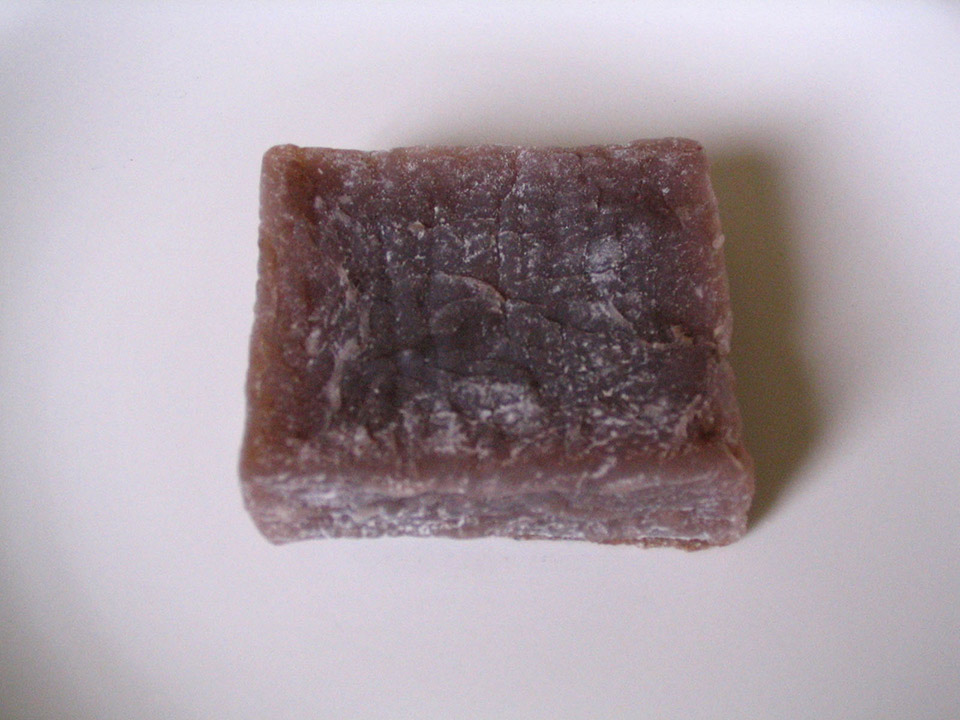
UMAA recipes

You must be logged in as a member of UMAA to view this page.
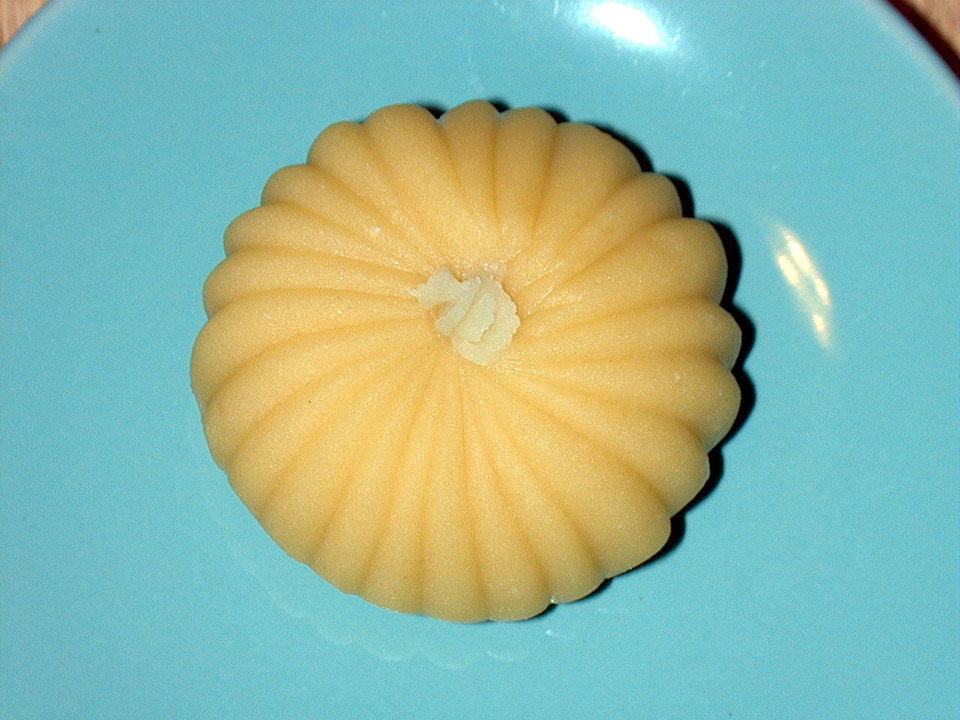
You must be logged in as a member of UMAA to view this page.
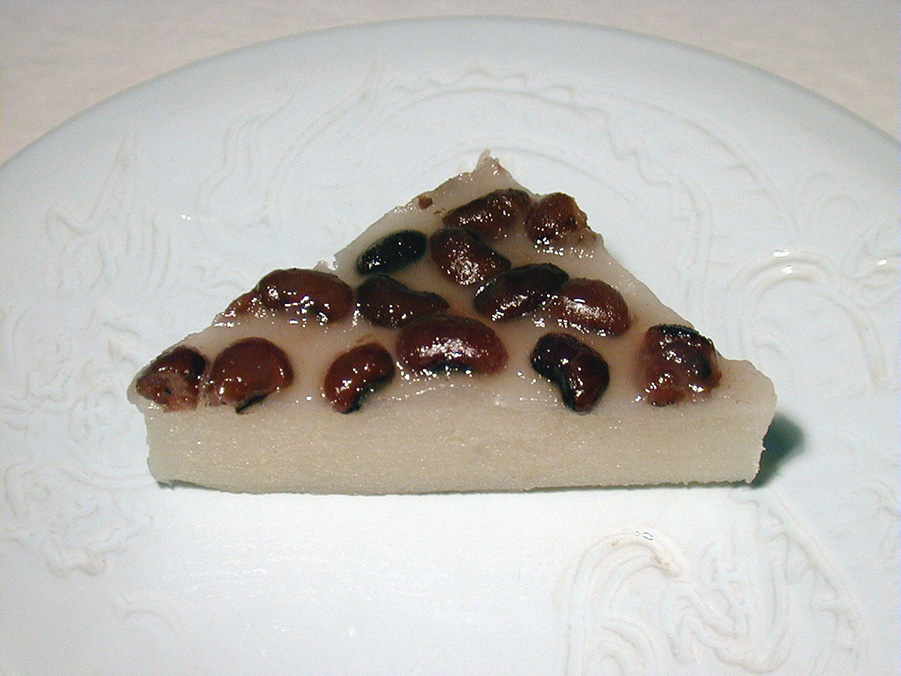
You must be logged in as a member of UMAA to view this page.
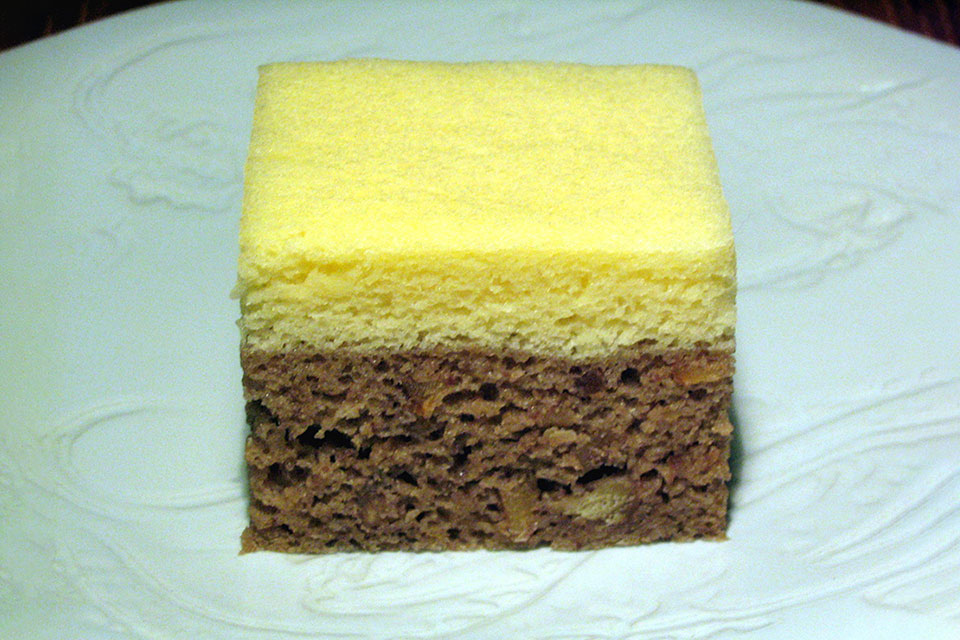
You must be logged in as a member of UMAA to view this page.
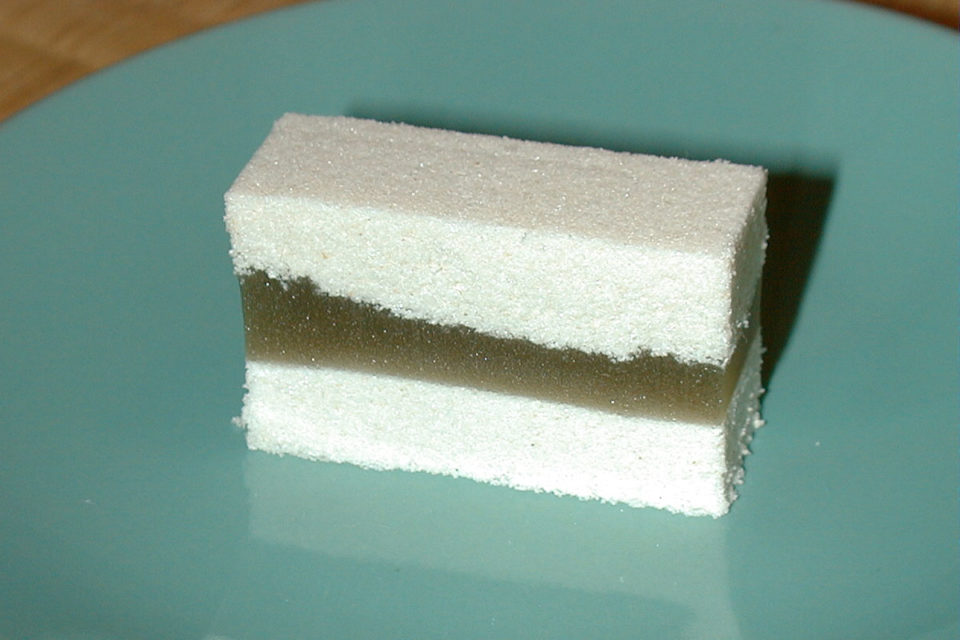
You must be logged in as a member of UMAA to view this page.
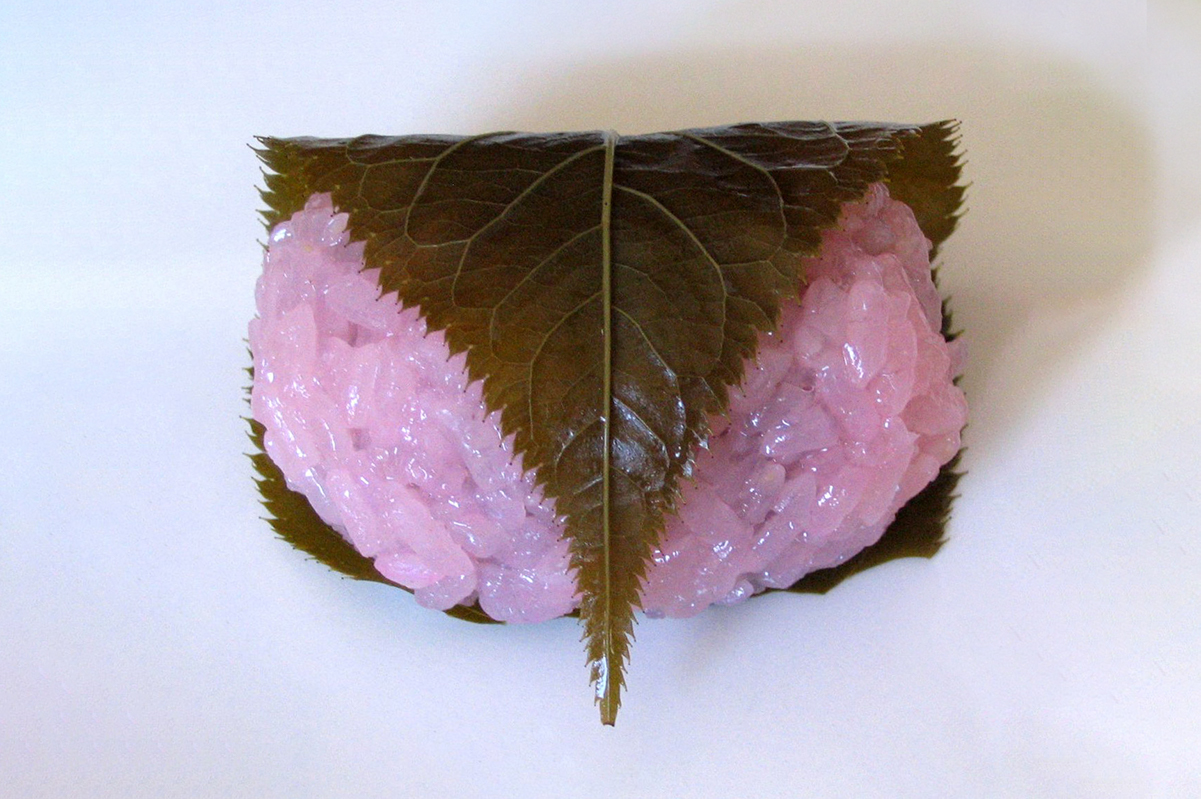
You must be logged in as a member of UMAA to view this page.
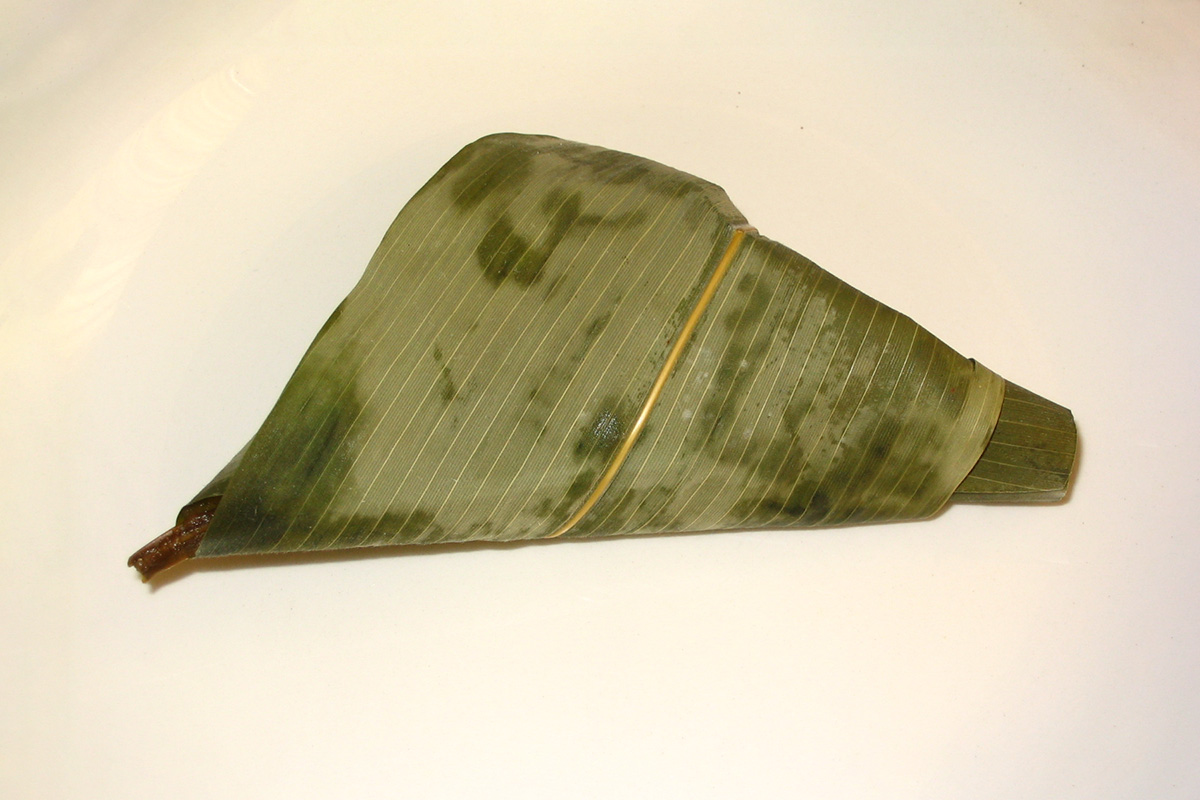
You must be logged in as a member of UMAA to view this page.
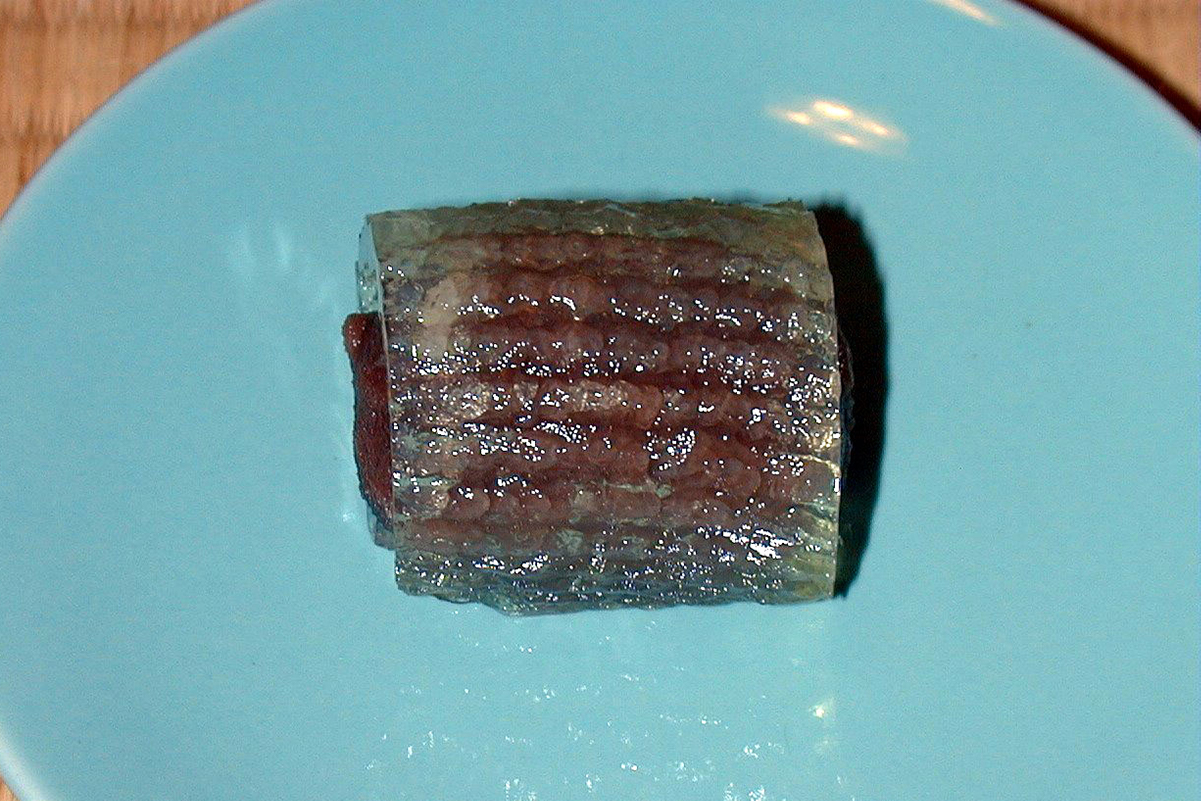
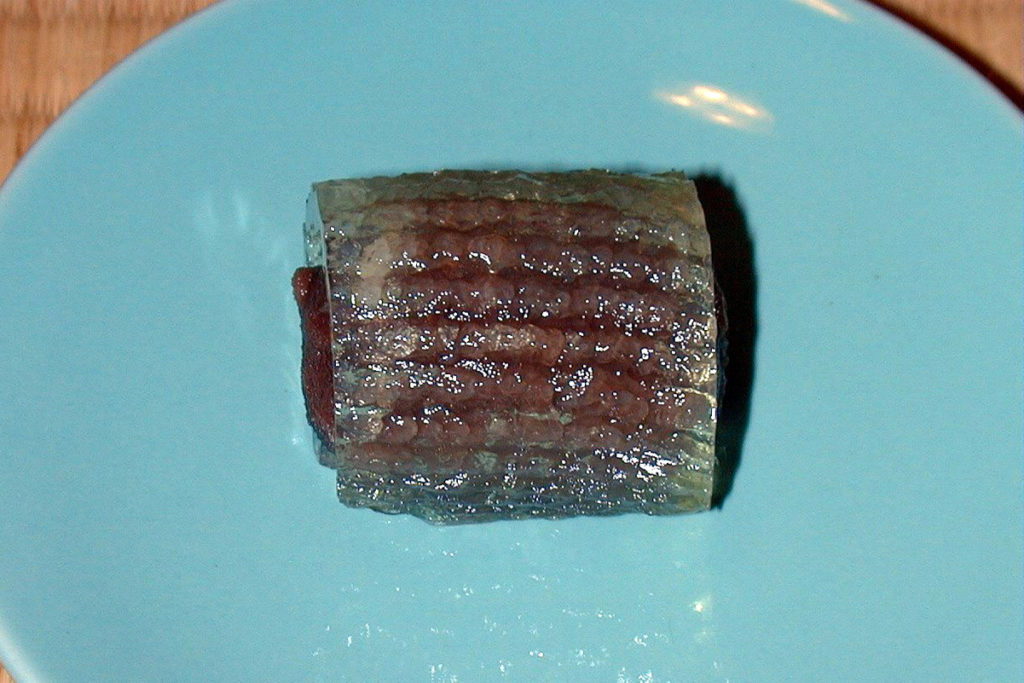
Kimika Soko Takechi
Larry Sokyo Tiscornia
teatimes@chanoyu.com
NOTE: Any non acidic flavoring can also be added when adding the color. Acid will cause the kanten not to gel properly.
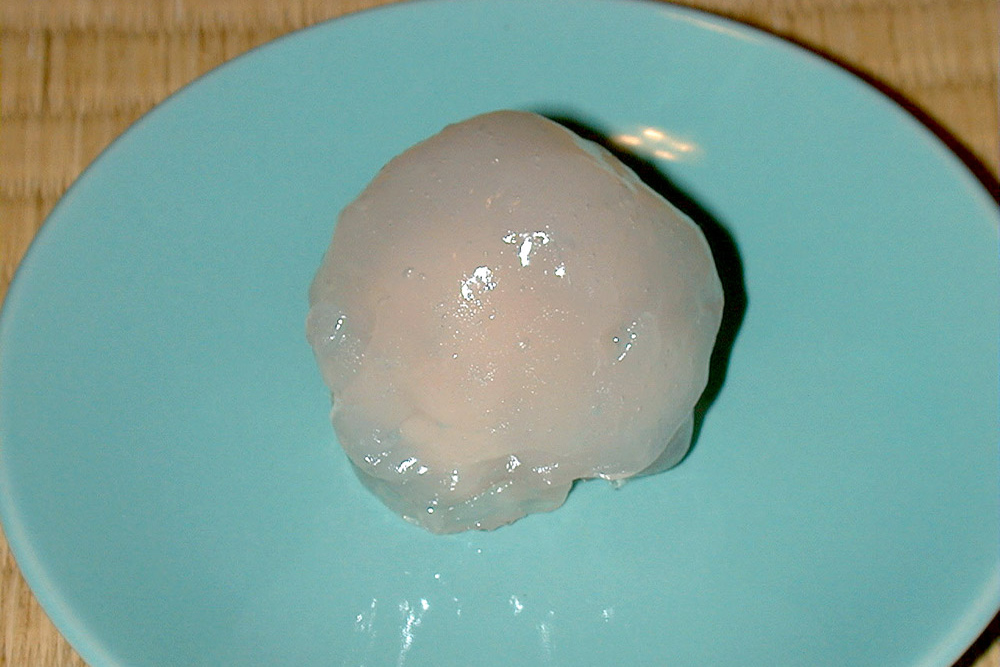
You must be logged in as a member of UMAA to view this page.
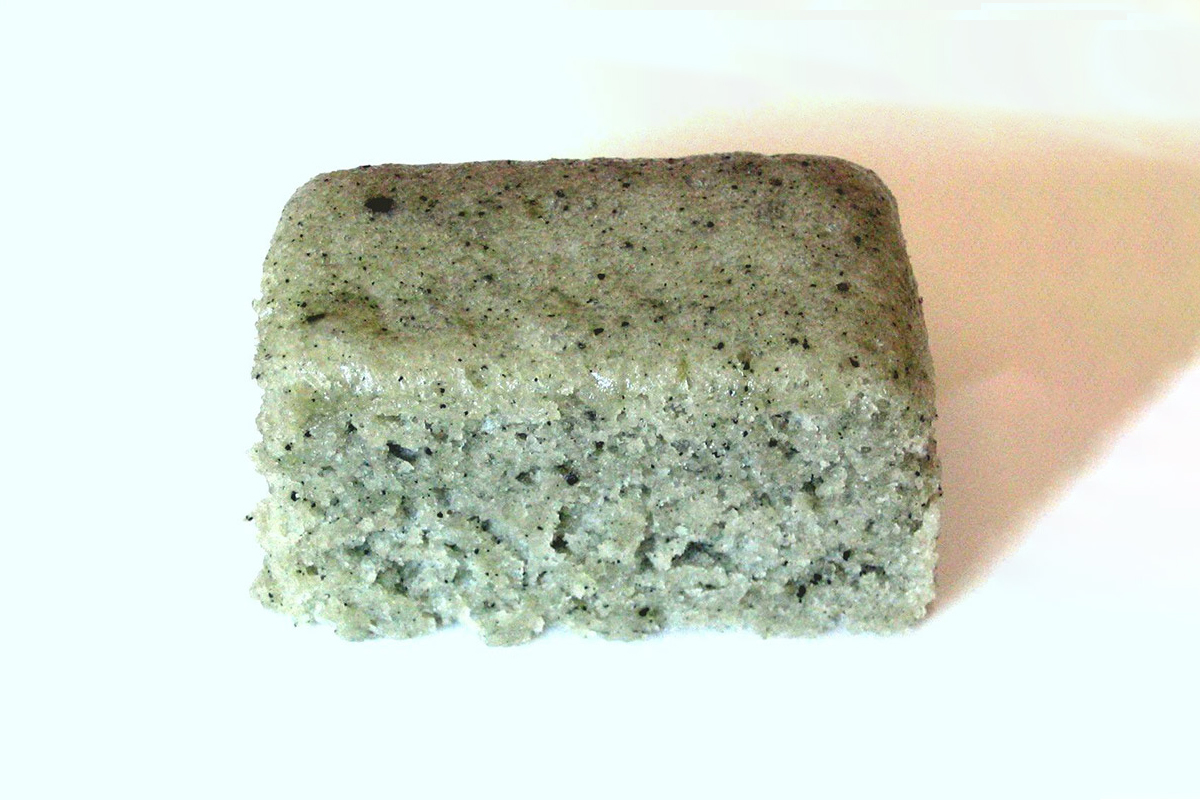
You must be logged in as a member of UMAA to view this page.
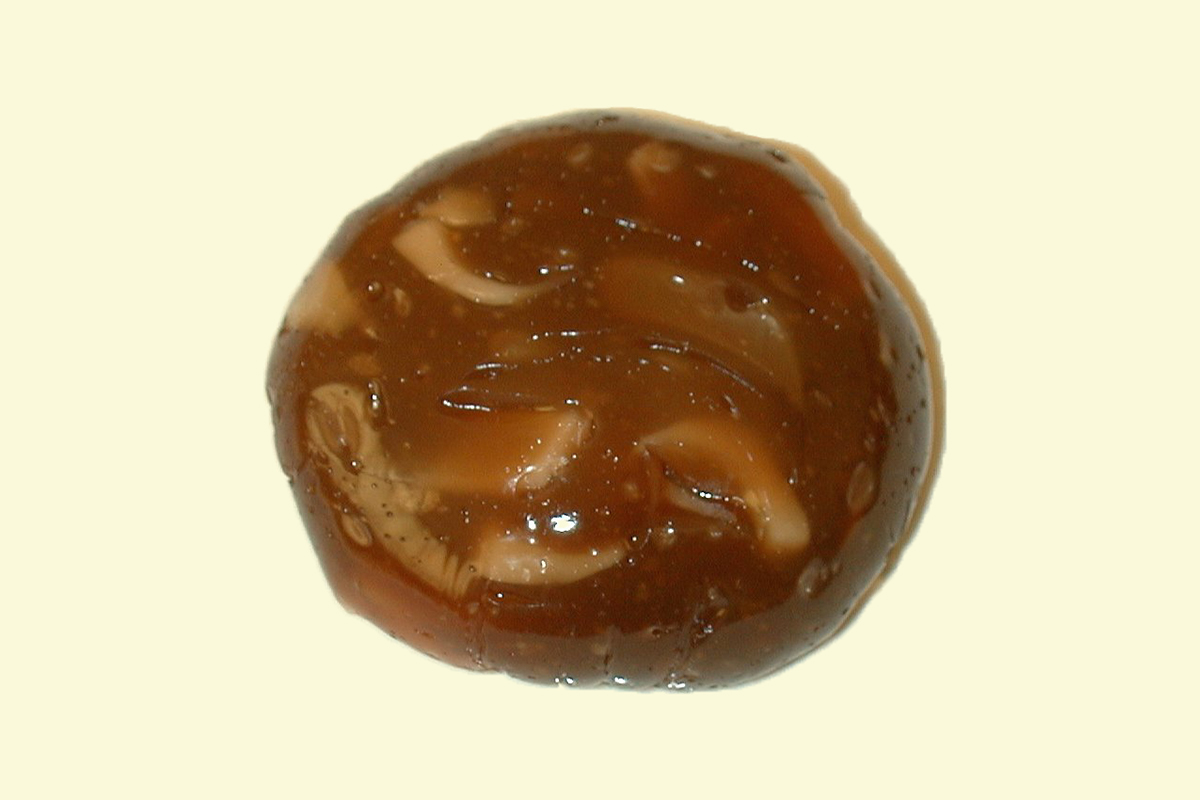
You must be logged in as a member of UMAA to view this page.
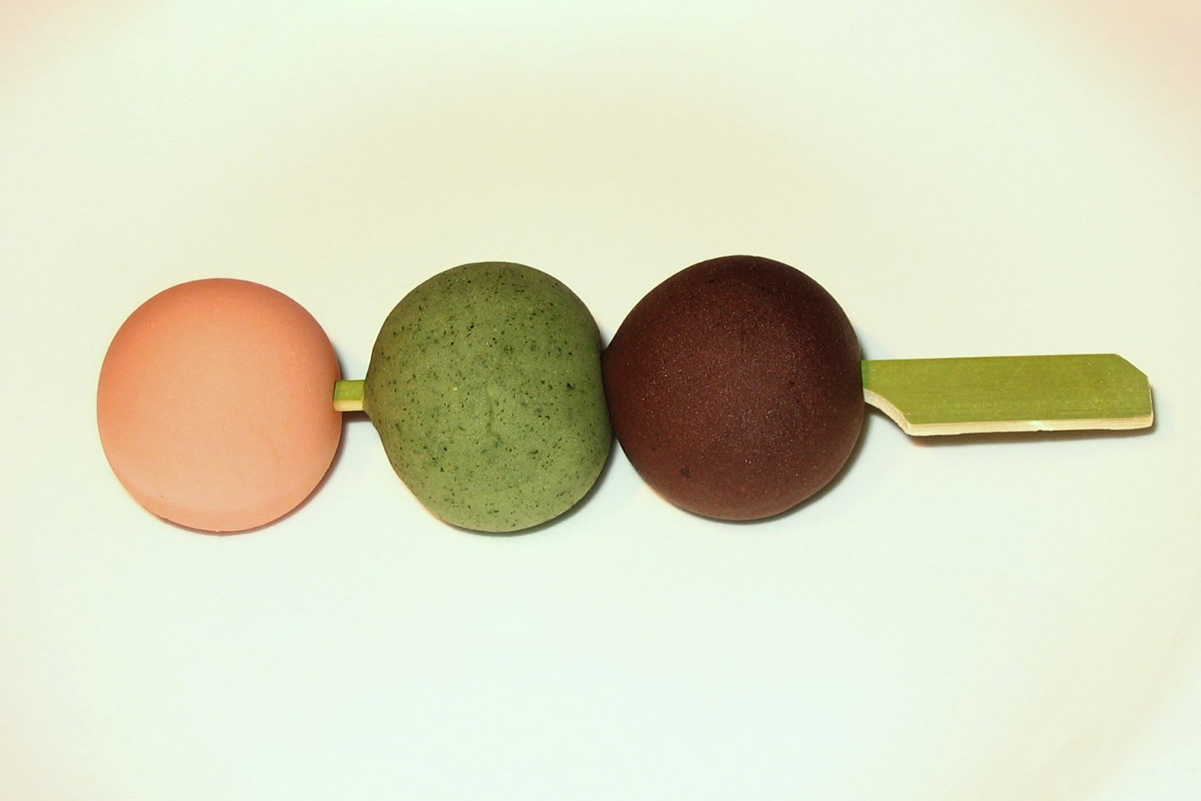
You must be logged in as a member of UMAA to view this page.
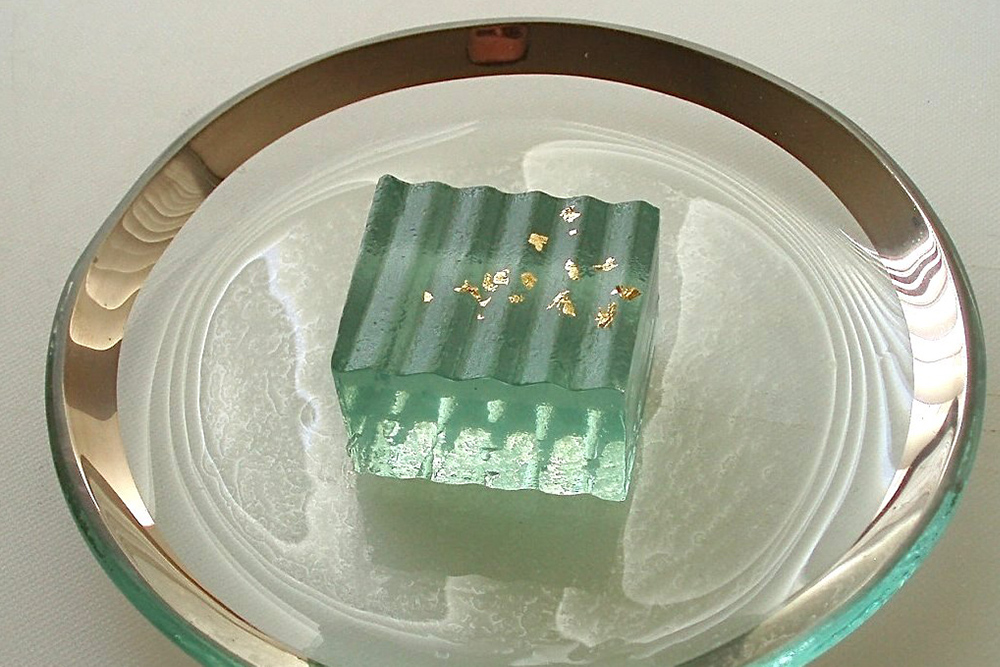

Named「みどりの星」Midori no Hoshi (Green Stars) by Hounsai Daisosho, this sweet was designed by Midorikai alum Glenn A. Sorei Pereira of Boston, MA, for the 40th Midorikai Reunion tea in Honolulu on July 19, 2010.
Glenn A. Sorei Pereira
GAPereira@aol.com
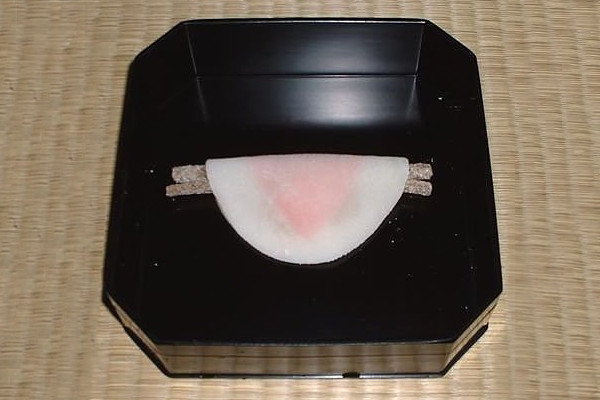
You must be logged in as a member of UMAA to view this page.
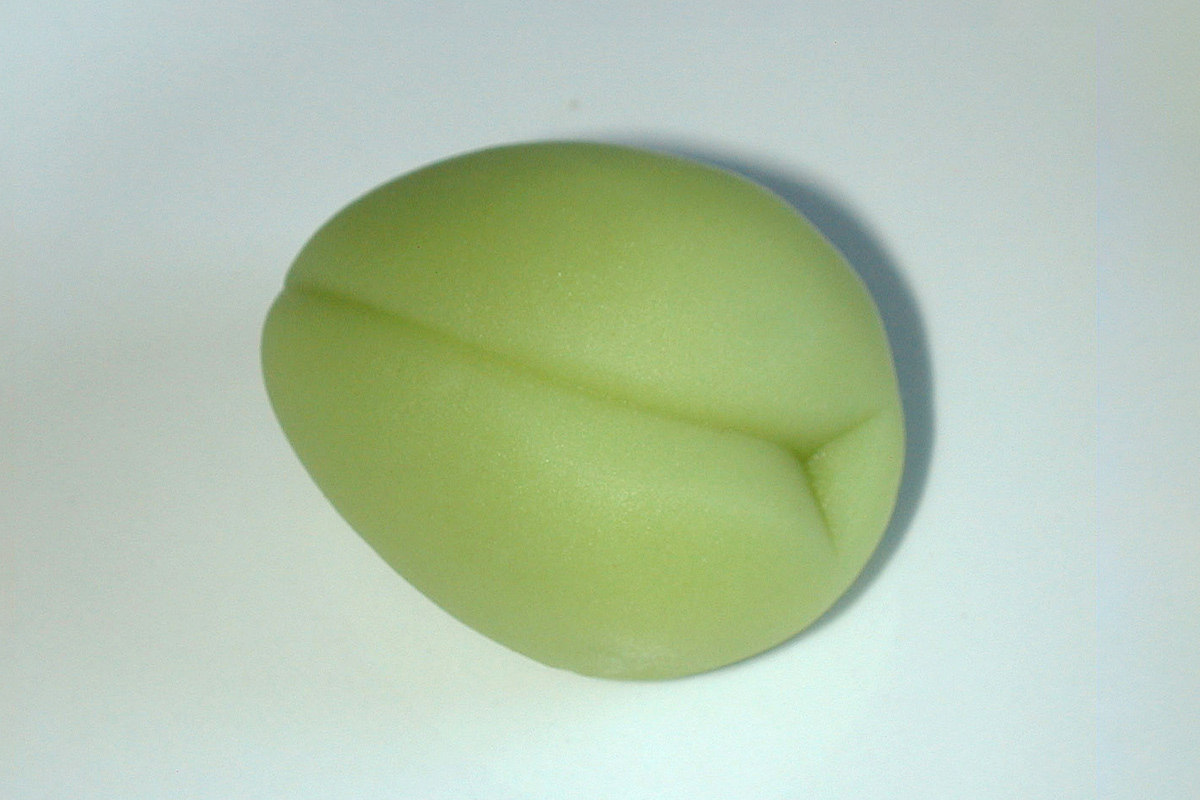
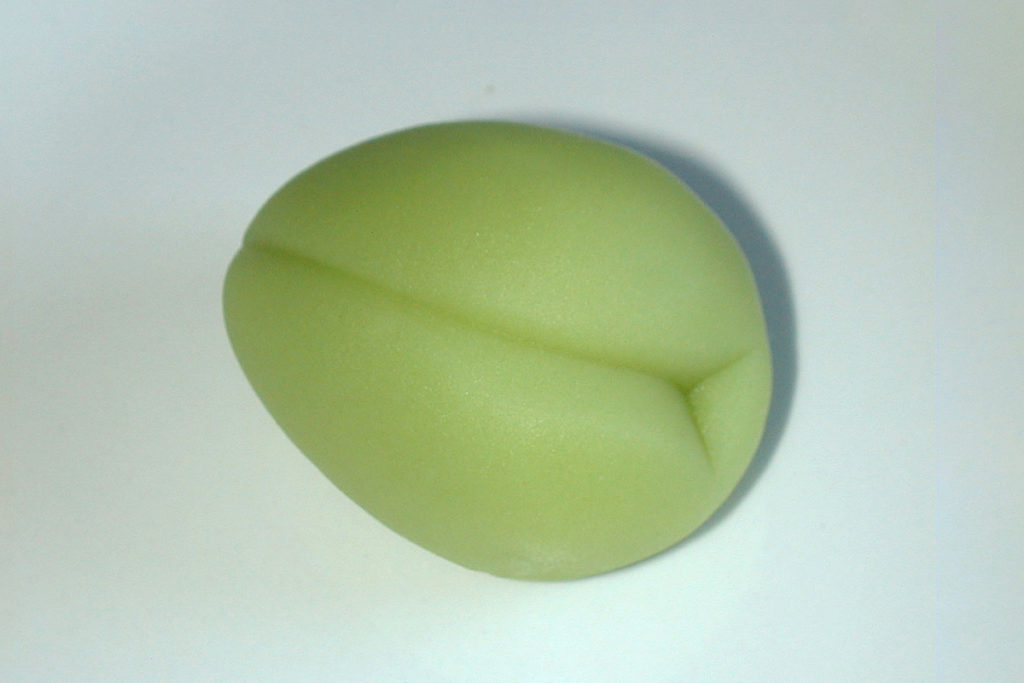
Kimika Soko Takechi
Larry Sokyo Tiscornia
teatimes@chanoyu.com
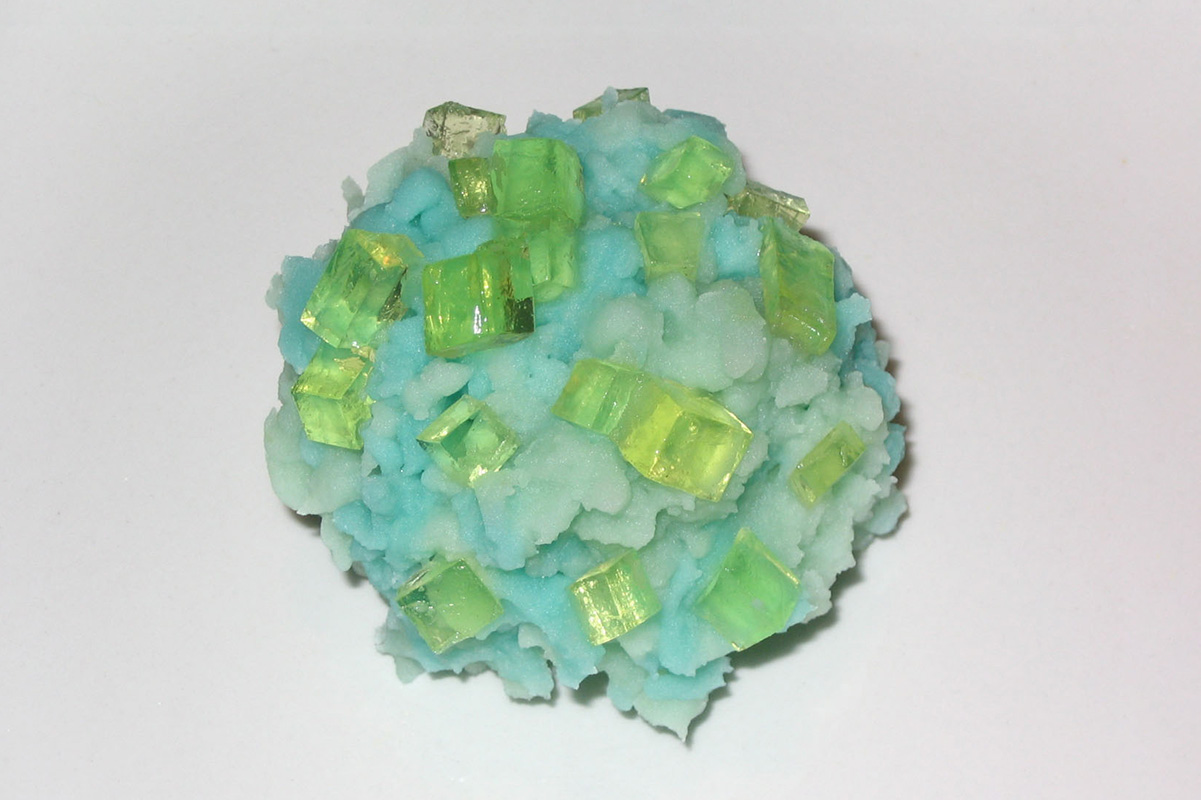
You must be logged in as a member of UMAA to view this page.
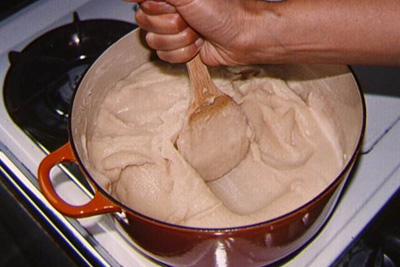

Kimika Soko Takechi
Larry Sokyo Tiscornia
teatimes@chanoyu.com
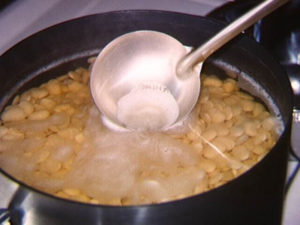
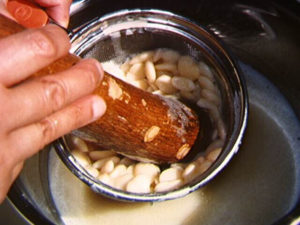
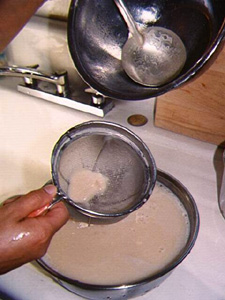
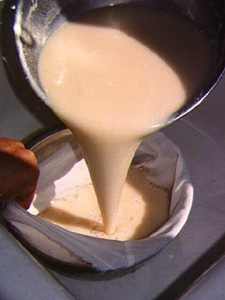
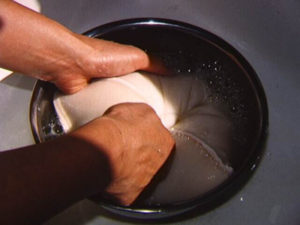
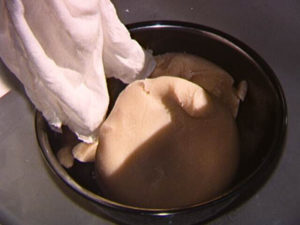
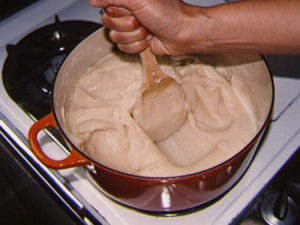
NOTE: If too much water was removed initially, more hot water can be added while cooking the beans and sugar. If too little water was removed it will be necessary to cook the beans and sugar much longer to remove the excess water. It is important to stir continuously to avoid burning.
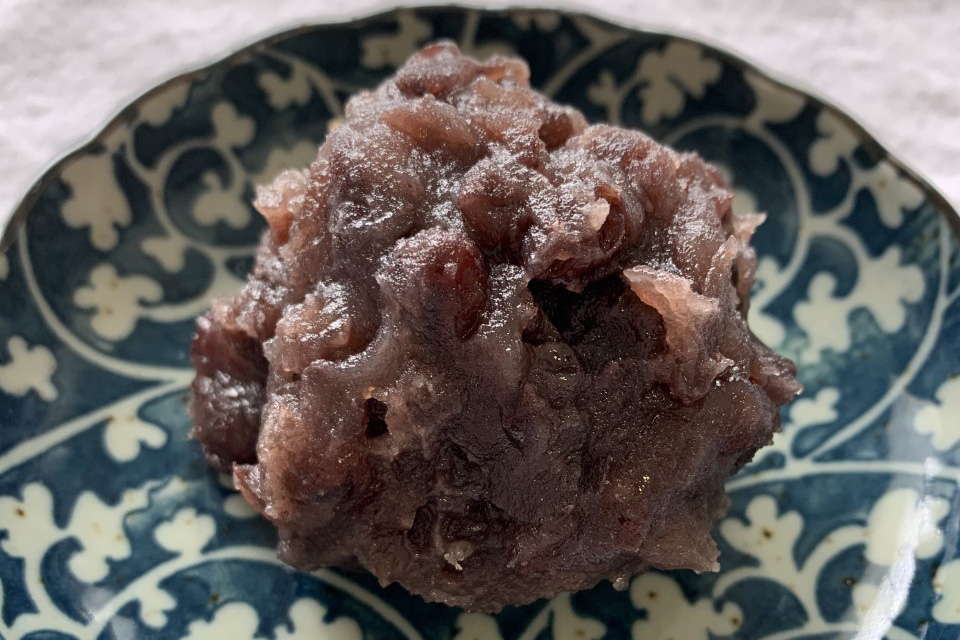

Kimika Soko Takechi
Larry Sokyo Tiscornia
teatimes@chanoyu.com
OPTIONAL: You can add about 1/3 koshian (smooth bean paste) to 2/3 tsubuan for a different finished texture. Add the koshian during the final cooking before adding the corn syrup.